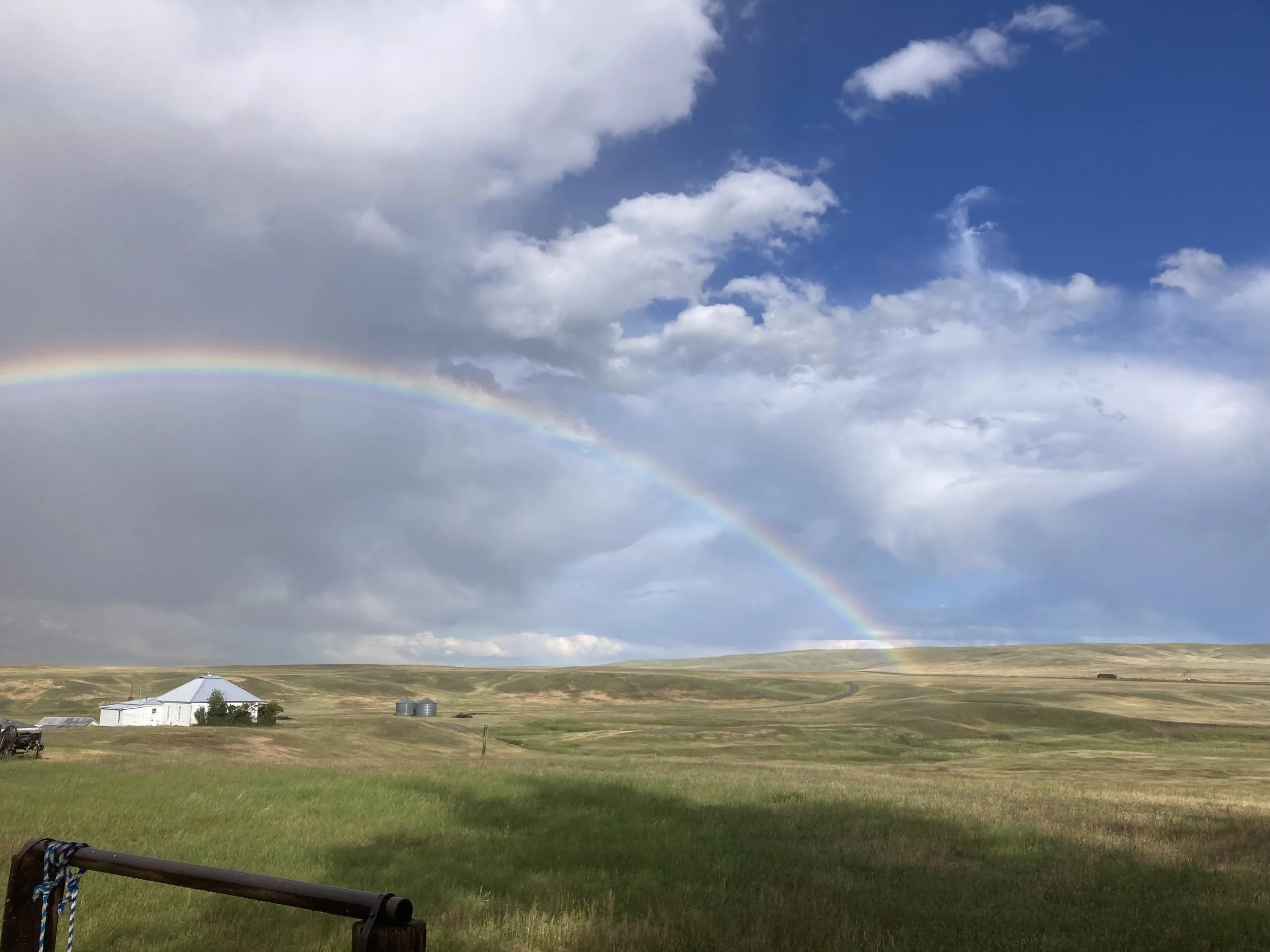Summer Solstice Slump
I’ve been listening to Daniel Pink’s book, When: The Scientific Secrets of Perfect Timing, as I drive up and down the road, picking up and delivering meat, for hours at a time.
Pink talks about how our days and seasons have clear peaks and valleys of energy and excitement.
Most people have a circadian rhythm for each day that starts with high energy and mental function – after that groggy stumble to the coffee pot – that dip in the afternoon and build again between 4 and 7pm.
Most of us follow a similar peak-valley-peak pattern for seasons of the year and seasons of our lives.
Like mornings and evenings, beginnings and endings are energized – think about each new year and the hopes and resolutions that come with that beginning.
Or the utter relief of finishing a marathon. Personally, I have no idea what finishing a marathon feels like, but my daughter, Abby, told me about it.
Mid-points often create a slump – 2 in the afternoon is a great time to take a nap because of the natural energy slump and we’ve all heard of the mid-life crisis that stokes the market for red corvettes.
By the time the summer solstice gives us more than 16 hours of daylight, the ranch is hitting a mid-point, too.
The grass has grown about as much as it will and is going to seed.
The calves and lambs are growing – even a couple of late surprise newborns who arrived last week and better catch up.
Grizzly sows have kicked their offspring into independence so confused teenagers wander coulees and croplands.
My list for summer projects that I wrote during the dark days of January has yet to reach the mid-point, but I’m working on it.
In the midst of pushing to use all of that sunlight to get things done, Pink says we naturally pause to evaluate whether we are on pace to meet a goal and, sometimes, whether we even want to meet that goal.
June might be the mid-point of the year, but it feels like a busy beginning, with no chance to pause and reflect.
So when I finally spent an entire day at the ranch instead of on the road, the land reminded me of why I do what I do.
I do this because this place feels like a sanctuary.
Exhausted, I take a deep breath.
The grass is tall.
The earth is warm.
Cows, calves, ewes and lambs are fat.
The bewildered teenaged grizzly wanders the ranch searching for his place in the world, surprised by honking trucks and cracker shells that keep him moving.
Three pairs of coyotes pick off lambs almost every day.
My neighbor won’t turn my water down the ditch, but we still wave when we pass one another.
A water trough needs work, but I can fix it.
Some aspects are good and some are bad, but I avoid politics, untruthful people and drama when I’m here.
Coyotes and grizzlies cause grief that I would rather avoid, but they don’t manipulate. The grief they cause is a natural consequence of their being.
Even with the challenges, this place offers peace and solace.
My worst days at the ranch are better than the best days away.
I jump on my horse and slowly, silently move the cattle to a new pasture. The heifers stick their tails straight up in the air and trot to the gate.
I laugh out loud at their expressions of joy. I wish I had a tail to raise, too.
The ranch might be at a low-energy mid-point of the year, but I feel rejuvenated and reenergized.
A day on the land is better than a 2 p.m. nap.
